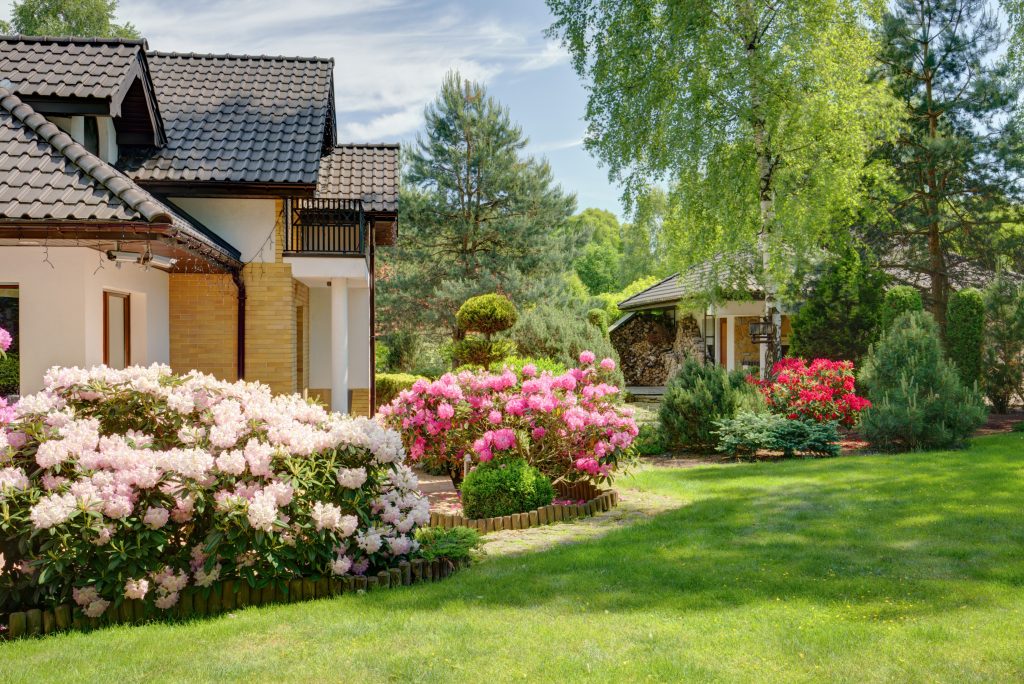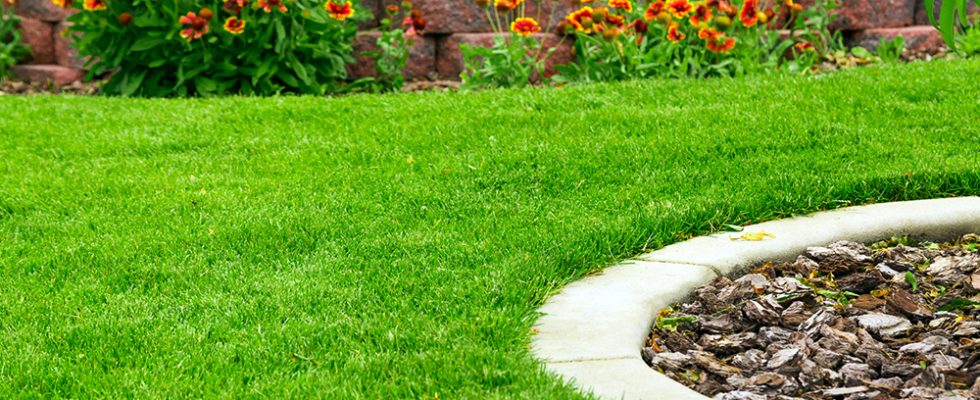The summer is here. We’ve got some simple lawn care tasks that can keep your grass looking its best all season long.
Here are my top tips for keeping your yard looking its best this summer:
1. Mow your lawn at the right time.
The first step in lawn care is mowing. Mowing your lawn at the right time can make a big difference in the look and feel of your yard, especially during summer months when grass tends to grow faster. You can use this guide to help determine when it’s best for you to mow:
- Mow when it’s dry out! If there is too much moisture on your lawn, it will clog up the blade and dull its blades quickly. This leads us into our next tip…
- Mow at an appropriate height for each season! This Denver lawn care company says to raise your mowing height in the summer, so you’re cutting the grass at a 3 – 3.5 in. height.

2. Get rid of weeds.
Weeds are a sign of an unhealthy lawn, so it’s best to get rid of them as soon as possible. Weed seeds can be carried by wind, water and animals. Once they’re on your property, they are hard to kill! That’s why prevention is key when it comes to keeping weeds at bay.
Use a pre-emergent lawn fertilizer in the spring and then if you see weeds in the summer you can apply a post-emergent, but make sure you apply water correctly according to the package instructions.
3. Water regularly.
While it may seem like a good idea to let your grass go dry in the heat of summer, this can be detrimental to its health. Grass needs 1 inch of water per week during peak summer months (roughly June through September), and if you don’t have access to a sprinkler system or automatic watering device, use a soaker hose instead. Mulch around plants can help retain moisture as well.
4. Feed your lawn.
Feeding your lawn is the most important step in maintaining a healthy, green grass. If you’re just starting out with summer lawn care, you may be wondering what fertilizer to use and how to apply it.
The first thing to know is that there are many different types of fertilizers available on the market today–some are better suited for certain types of grasses than others. In general, though, fertilizers contain nutrients that help plants grow by giving them essential vitamins and minerals in addition to water (the reason why some people say “feed” instead of “water”). Fertilizers come in liquid form or granulated powder; both have their pros and cons: * Liquids are easier for novice gardeners because they don’t need much measuring or mixing; however, they tend not last very long before they need reapplication due to evaporation over time.* Granulated powders tend not last as long but can be applied more precisely since they’re more concentrated than liquid forms.* When buying any kind of fertilizer product make sure there aren’t any added ingredients like herbicides/pesticides which could harm pets/children if ingested accidentally by licking paws after walking through freshly treated areas!
5. Keep the grass clean.
-
- Clean up after your pets.
- Remove weeds and debris from the lawn.
- Keep the lawn mower blades sharp.
6. Remove debris and fallen leaves from the yard.
One of the most important things you can do is remove fallen leaves from the yard. They’re a fire hazard, can clog gutters and storm drains, and make your lawn look messy. Fallen leaves also provide an ideal environment for mold growth if left on the ground too long during hot weather–and who wants to deal with that? Finally, they can attract rodents like mice or rats looking for somewhere safe to nestle in during cold months (and possibly even spread disease).
7. Rake your flower beds and mulch beds.
Rake your flower beds and mulch beds.
Raking is a great way to remove leaves from your flower beds and mulch beds, but you’ll want to rake them in different ways:
- For flower beds, use a leaf rake with sharp tines that can dig into the soil easily (like this one). The tines will help loosen up compacted soil while also removing any excess grass clippings or dead leaves that have accumulated over time.
- For mulch beds, consider using a spring-tine or oscillating drum rakes because they are designed specifically for removing debris from around large rocks or boulders without damaging them as much as other types of rakes would do so
To protect your landscaping plants, trees and flowers from the summer sun by watering them early in the morning or late in the day, before it gets too hot, or consider investing in a sprinkler system that automatically waters your plants for you twice a day, seven days a week during peak heat months. You can also invest in shade cloths if you have large trees or mature shrubs that could suffer from too much sun exposure during peak summer months. Take photos of your landscape with your phone for reference when shopping for new plants so you can match the colors and textures of what you already have before making any purchases!
Conclusion
Well, there you have it! Eight tips to help you get started on your summer lawn care. I hope that you found these ideas useful and that they help make your experience enjoyable and stress-free.
